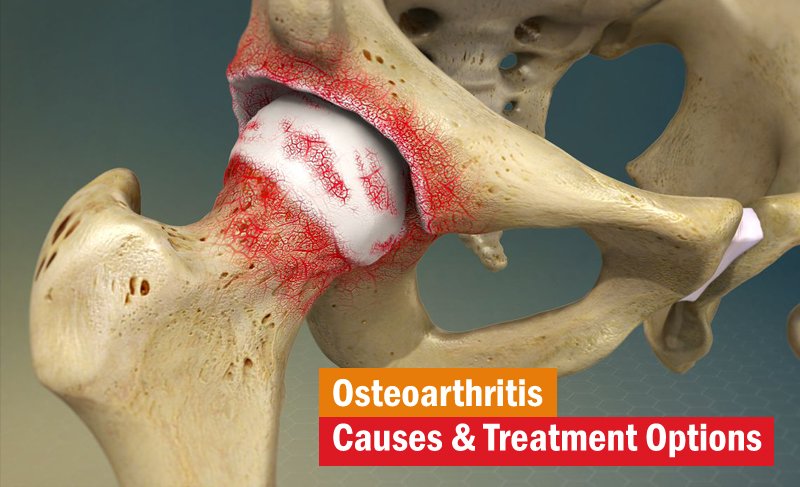
Causes include previous joint injury, abnormal joint or limb development, and inherited factors. Risk is greater in those who are overweight, have legs of different lengths, or have jobs that result in high levels of joint stress. Osteoarthritis is believed to be caused by mechanical stress on the joint and low grade inflammatory processes. It develops as cartilage is lost and the underlying bone becomes affected. As pain may make it difficult to exercise, muscle loss may occur. Diagnosis is typically based on signs and symptoms, with medical imaging and other tests used to support or rule out other problems. In contrast to rheumatoid arthritis, in osteoarthritis the joints do not become hot or red.
Treatment includes exercise, decreasing joint stress such as by rest or use of a cane, support groups, and pain medications. Weight loss may help in those who are overweight. Pain medications may include paracetamol (acetaminophen) as well as NSAIDs such as naproxen or ibuprofen. Long-term opioid use is not recommended due to lack of information on benefits as well as risks of addiction and other side effects. Joint replacement surgery may be an option if there is ongoing disability despite other treatments. An artificial joint typically lasts 10 to 15 years.
Osteoarthritis is the most common form of arthritis, affecting about 237 million people, or 3.3% of the world’s population. In the United States, 30 to 53 million people are affected, and in Australia, about 1.9 million people are affected. It becomes more common as people become older.[1] Among those over 60 years old, about 10% of males and 18% of females are affected.[2] Osteoarthritis is the cause of about 2% of years lived with disability.

